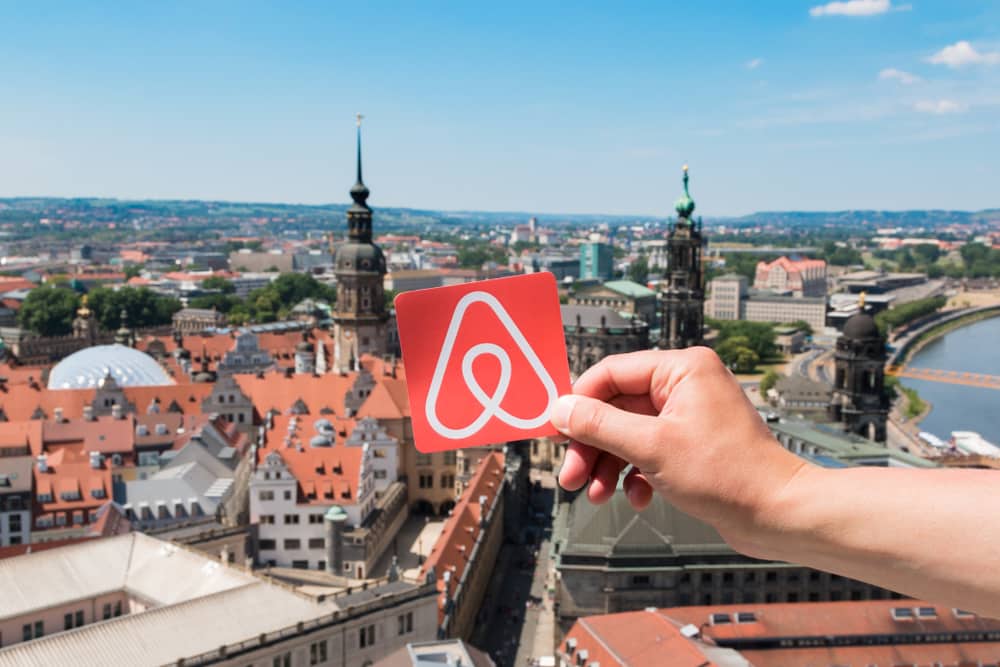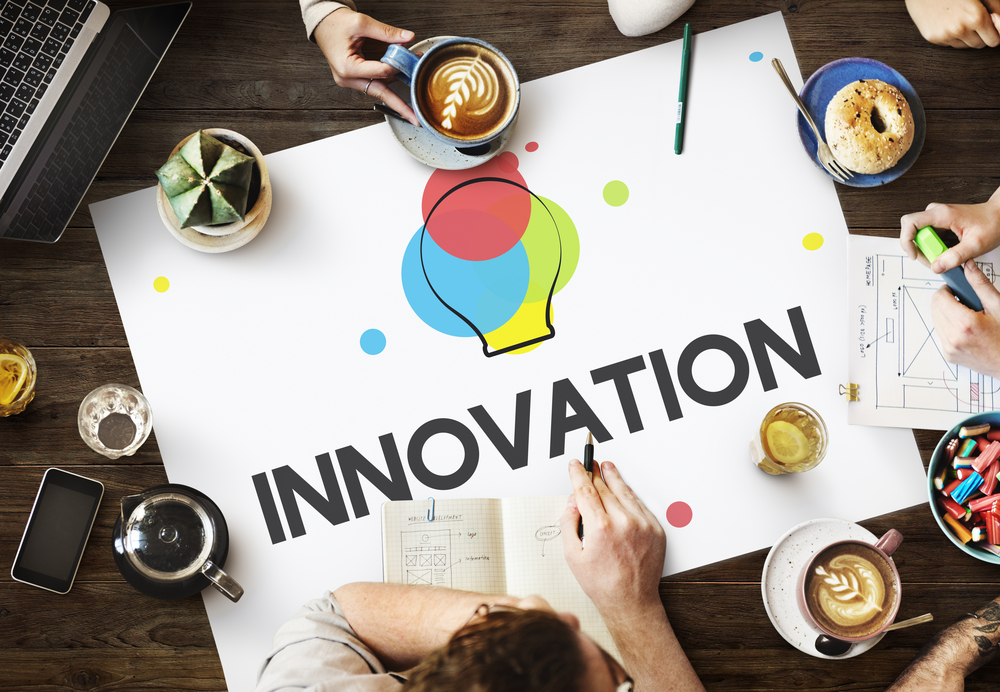The year 2009 was tough for Airbnb as it was very close to going bust. The startup as registering only $200 per week as revenue and were nowhere close to making a sustainable business out of their initiative. It all started to pick up when the co-founder Joe Gebbia realized a basic problem at a Y Combinator session with Paul Graham. He noticed a pattern that all their listings in New York had poor images and it was very difficult for customers to see what they would be paying for.
Graham suggested a completely non-scalable and a non-technical solution to the problem. He advised travelling to New York, renting a camera, visiting all the properties to take good quality images and replace the old amateur images with the new high resolution and beautiful ones. Even though the resolution was not backed by data, the results were amazing. After improving the quality of images for the listings, the revenue generated rose to $400 per week. This was the first financial improvement and a turning point for the company.
Becoming the patient approach to building better products
This is an approach the Gebbiah remembered from his first design school experience. It suggests that while working on a medical device, the best way to understand the customer’s point of view is to sit and feel what it was to like a patient and have the device applied to yourself. It is then you would realise how comfortable or uncomfortable the device/ solution is and what could be done better.
Being a patient is the core value of Airbnb’s design team. Everyone takes a sponsored trip in their first or second week and document their experience. They answer a structured set of questions and share back with the entire company.
Being a Pirate Approach
Airbnb is a data-driven organisation but it does not stop designers from delving into creative hypotheses and implementing change. Individual team members make small bets on new features and measure the returns. If the bet paid off well then they can send more pirates in that direction and implement it on the scale. This motivates the employees to take measured risks on behalf of the company that sometimes lead to new features. This enables Airbnb to find new opportunities and move ahead quickly.
Shipping new features on day one
As a part of Airbnb’s onboarding process, the employees are encouraged to ship new features on the first day of their job. For example, a new designer at the company was asked to re-evaluate the star function. He came up with a suggestion to change the star rating with hearts. His explanation was logical as he said that the stars were utility-driven. Airbnb’s services being aspirational, they could tap into it. When a new feature is shipped, a code is inserted to measure the impact and track how consumer behaviour changes. This small change from a star to a heart increased engagement by over 30%.
Airbnb’s journey from making $200 per week to revolutionising the tourism industry has been marvellous and poses as a great case study for early startups to learn and get inspired from. With more than 1,500,000 ads in 192 countries and a total number of guests in excess of 40 million in the year 2015, the company has come a long way and has a long way to go ahead of them. And Design Thinking has played a key role in this journey.






